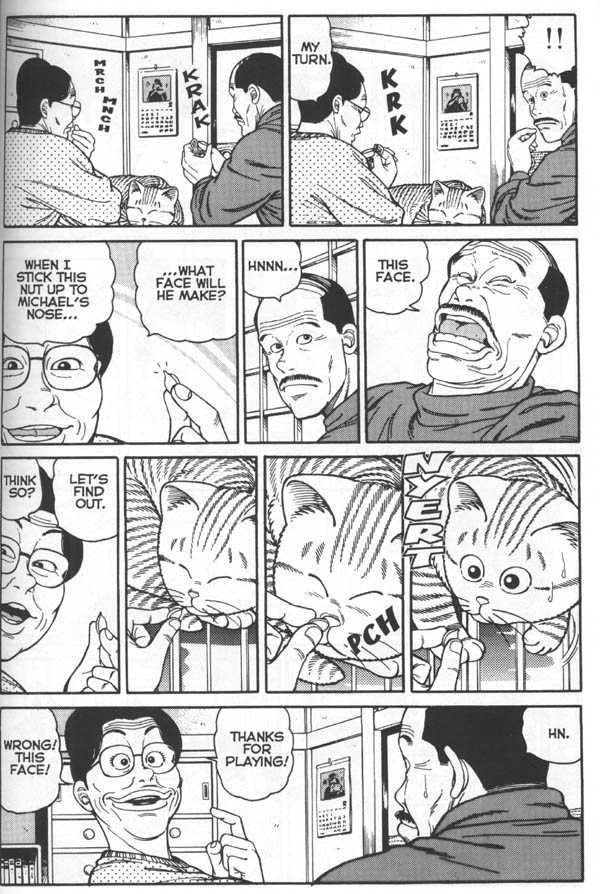Two interesting comix related articles for you to enjoy this Saturday morning, as a break from all that heavy political stuff. First up is Jog at Savage Critics remembering that old Elaine Lee & Michael Kaluta series Starstruck. That’s was one of those odd series that thrived in the newly unleashed freedom the direct market in the eighties offered to American comics, when creators no longer had to appeal to random buyers at newsstand, but to a well informed comic loving audience buying from shops staffed with people who work there purely out of their love for comics. A science fictional comic with strong human interests, Jog sums up the charms of the series quite well, but not before ruining everybody’s day with this little meditation on how fleeting fame can be:
I’m going to guess that a bunch of you haven’t even heard of Elaine Lee, who wrote the comic; maybe the name’s rattling around in the back of your head, but nothing of use is cohering. Hey, I don’t blame you. Just about every comic she ever wrote is out of print, after all. While I’ll take a little room there to equivocate — she does have a story floating around out there in Charles Vess’ The Book of Ballads collection — I do believe all her bigger works are pure longbox fodder. Most of the smaller ones too.
It’s something nobody likes to think about, really. Someone’s entire body of comics work sinking down, left to the funnybook subculture of bin divers, no one piece able to latch on to a famed or renowned predecessor/successor by the same person. Down, down into the bog. It’s almost as unpleasant a thought as somebody working on a comics project for over a decade, only to see it fade from view. Unlucky, without embrace, and forlorn.
But the former has apparently happened to Elaine Lee, and the latter certainly happened to Starstruck. That’s too bad, because Lee’s writing on that comic was intriguing and ambitious; Starstruck is just the type of comic that some today would possibly be considering a classic of the form, had its full, 500+ page length ever been published. But pages came out in various forms, at various times, often taking on an individual character that seemed to match their then-current environment. In other words, there was a Starstruck of 1984 that was very different from the Starstruck of 1991. Maybe inevitable, considering the long path a comic of its go-for-baroque type was bound to follow back in the day.
Too depressing that; let’s quickly take a look at something much more cheery. Shaenon K. Garrity’s explenation of the appeal of What’s Michael, perhaps the best cat based manga in existence:
What’s Michael? doesn’t have much of a continuing storyline, just a set of running gags, so you can start reading at any volume. Each chapter is a short, self-contained vignette, usually a breezy six pages long. Very roughly, it’s the story of Michael, a typical orange tabby cat, and his typical middle-class family. But Kobayashi frequently breaks from even this vague premise, giving Michael different owners, transporting the cast to more exotic settings (a cop show, a samurai drama, a running parody of “The Fugitive” featuring a veterinarian on the run), writing himself into the story (something he also does in Club 9, where he frequently pops up as a lecherous bar patron), or envisioning a world of anthropomorphic cats and dogs.
An example, taken from Shaenon’s post:

Cute, and oh so recognisable.